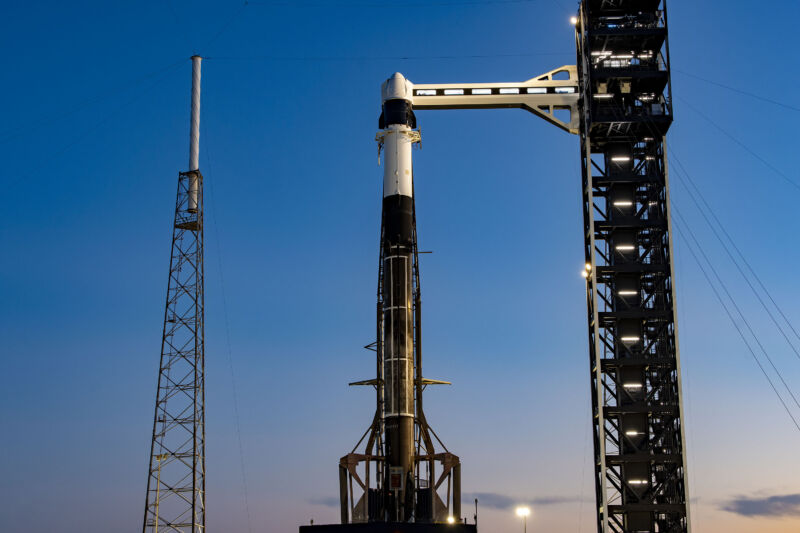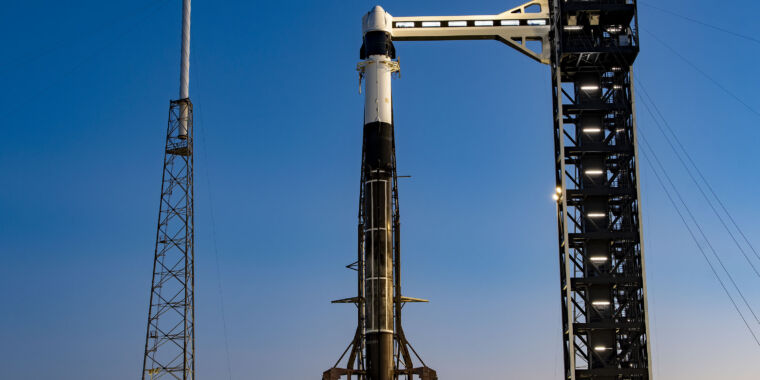
SpaceX
NASA confirmed Tuesday that it is postponing the launch of its next astronaut mission to the International Space Station, Crew 9, until at least Sept. 24, a significant change from the previous date of Aug. 18.
The space agency said the delay was needed for “operational flexibility” as it continues to deliberate on the viability of Boeing's Starliner spacecraft. In the press release, NASA said: “This adjustment provides mission managers with additional time to finalize return planning for the agency's Boeing Crew Flight Test, currently attached to the orbiting laboratory.”
NASA also cited other reasons for the delay, including traffic conflicts at the space station, such as the Soyuz launch scheduled for mid-September.
More details will follow on Wednesday
The announcement comes more than a day after Ars initially reported that the launch would not happen until Sept. 24 due to issues with Boeing's Starliner spacecraft, which has been docked at the International Space Station for two months. The Starliner crew test flight was originally set to be an eight-day mission, but NASA and Boeing engineers evaluated several faulty thrusters observed during the journey to the space lab.
The delay gives NASA more time to determine Starliner’s airworthiness and whether it’s safe to bring its two crewmates, Butch Wilmore and Suni Williams, home. But as Ars reported Monday, there’s another reason for the delay: the need to update Starliner’s flight software, should autonomous undocking be the preferred option.
Sources close to the matter said that the current flight software aboard Starliner, as configured, cannot perform an automatic separation from the space station and re-entry into Earth’s atmosphere. It will take about four weeks to update and validate the software for an autonomous re-entry, should NASA decide it would be safer to return Wilmore and Williams to Earth in a Crew Dragon spacecraft.
NASA's press release is silent on the matter, but a press conference scheduled for 12:30 p.m. ET on Wednesday will give reporters an opportunity to ask questions about Starliner's ability to fly back to Earth without any crew members aboard the vehicle. The press release also did not specify whether two or four astronauts will launch in the Crew 9 spacecraft. It is likely that NASA has not yet made that decision.
Nelson makes final decision
Regarding NASA's deliberations on Starliner's viability, the press release states: “Starliner ground teams are taking their time to analyze the results of recent docking hot-fire tests, finalize the flight rationale for the spacecraft's integrated propulsion system, and confirm the system's reliability prior to Starliner's return to Earth. NASA and Boeing continue to evaluate the spacecraft's readiness, and no decisions have been made regarding Starliner's return.”
Ars had the opportunity to speak with NASA Administrator Bill Nelson on Tuesday afternoon when the space agency issued its press release. Asked if he was confident in NASA's decision-making process about whether Wilmore and Williams would return to Starliner, Nelson replied, “Yes, I am. I'm confident primarily because I have the final decision.”
NASA's update snuck in another notable bit of news. The Crew-9 mission is expected to launch from Space Launch Complex 40 at Cape Canaveral Space Force Station in Florida. This will be the first crewed launch from the complex, which SpaceX has set up next to its crew tower at Launch Complex 39A at the nearby Kennedy Space Center. This will preempt pad 39A's preparations for NASA's Europa Clipper mission, which could launch from there in October on a Falcon Heavy rocket.

